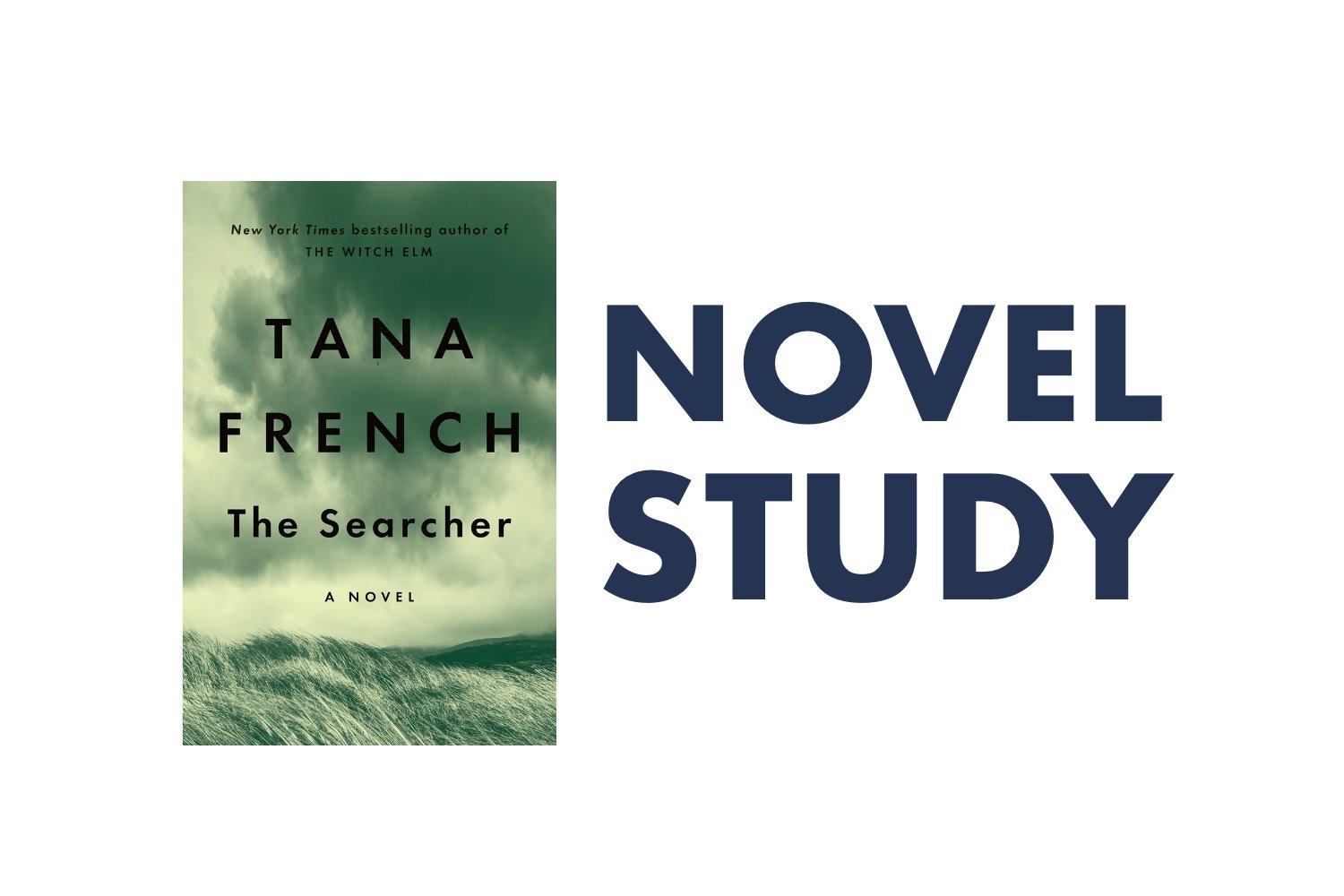How do you use dialogue and dialect to reveal character?
Learn how to use word choice, syntax, and dialect in dialogue to create realistic characters with examples from Tana French's The Searcher.
How do you open a mystery novel?
See how Tana French uses sentence style, summary, and suspense to pull readers into the first chapter of The Searcher.
How do you balance multiple points of view?
Why and how can you use multiple point-of-view narration in your novel? We’ll analyze NK Jemisin’s The City We Became to find out.
Should your novel have a prologue?
What are the benefits and drawbacks to including a prologue in your novel? We’ll examine the prologue to N.K. Jemisin’s The City We Became to find out.
What is your cover and front matter telling your reader?
A close look at the messages readers get from the title, cover, epigraph, and illustration of NK Jemisin’s The City We Became.
Should you tell your story in chronological order?
How Patchett uses a shuffled chronology to tell a story that is also about the act of telling stories.
When is telling better than showing?
Sometimes your scene objectives require telling rather than showing. Discover how you can make telling dynamic.
How do openings pull us in?
In the opening of The Dutch House, Ann Patchett strategically opens story questions, provides layers of narration, and makes setting details do double duty to draw in readers.
Foreseeing many evils: Persuasion chapter 22
In which we see why Anne is the most Virgo of all of Austen's characters.
Clearing the air: Persuasion chapter 21
Austen lets Mrs. Smith say the quiet parts out loud.
Talking head avoidance device: Persuasion chapter 20
Austen shows us what a difference the perfect setting can make.
Turning point: Persuasion chapter 19
The river of the plot is about to carry us to the end.
A road-worthy marriage: Persuasion chapter 18
Austen's novels ostensibly end with a happy marriage, but does she ever depict one?
Poor, dangerous widows: Persuasion chapter 17
A new character comes on the scene to set up our final plot twist.
Simmering suspense: Persuasion chapter 16
Austen turns up the suspense on two long-simmering subplots.
POV ventriloquism: Persuasion chapter 14
A close reading of how Austen uses the slipperiness of omniscient narration to her advantage.
Snapping the thread: Persuasion chapter 13
Austen stitches the broken thread of her plot back into the narrative.
Plot twist time: Persuasion chapter 12
Austen twists the plot and shows her characters their true selves.
Excavating race in Austen: Persuasion chapter 11
Just because race is occluded in Persuasion, that doesn't mean it isn't present.








